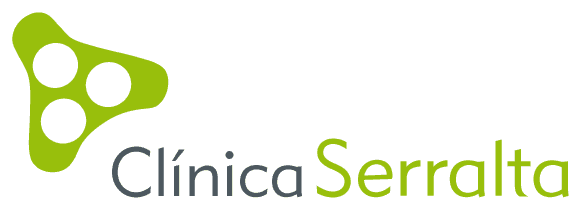This type of surgery comprises diseases and problems present in the esophagus and stomach and their treatment. The esophagus is the upper gastrointestinal tube that carries food from the throat to the stomach. The food reaches the stomach and is mixed with gastric juice, carrying out the digestion of food. Then the contents of the stomach pass into the small intestine to continue its path through the digestive tract intestine.
The gastroesophageal surgery includes the definitive treatment of:
- Reflux disease or hiatal hernia
- The achalasia (difficulty in swallowing because of the narrowing of the end of the esophagus)
- Esophageal diverticula
- Esophagus resection
- Stomach resection
- Gastric derivations into the intestine
Although most cases are benign diseases, surgery in patients with malignancies is still needed. Still in these cases, results are excellent and survival rates are showing better results every day.
Laparoscopic surgery has been the biggest change in the approach of abdominal pathology from the beginning of surgery development.
It consists of performing interventions on abdominal organs through small incisions in the abdomen, rather than through large openings in the abdominal wall. To carry out these interventions, we use instruments that allow the vision and the work we are performing within the abdomen (air blower, vision optics and specific instruments).
All of our surgical specialists are specifically trained in this technique. This way, we can offer the realization of the vast majority of surgical procedures using this procedure, but our specialists will be advised about using or not this technique.
The proven advantages of the use of laparoscopy in surgery are:
- A faster recovery status before surgery, due to a more reduced scar and, therefore, less pain, a shorter postoperative ileus (less recovery time of the bowel function) and a faster ambulation and return to oral intake after surgery.
- A shorter hospital stay.
- A lower rate of wound infections and wound hernias.
- A better esthetic result.
Breast surgery is used for the surgical treatment of benign diseases and breast cancer. Depending on each case a more or less conservative surgery is used.
It is very important a preventive study for the earliest possible diagnosis of any injury. Our high resolution clinic is aimed at this purpose.
In women where a single small tumor tissue that contains cancer is found, it is removed together with some surrounding tissue in order to perform a conservative surgery or quadrantectomy. This surgery is complemented by the study of the sentinel lymph node or radiotherapy.
On the other hand, mastectomy is a more aggressive surgery where the entire breast is removed. This surgery is applicable when the tumor is large or in women who want to avoid follow-up and radiotherapy sessions. It is recommended that we always associate this surgery to a technique of reconstruction using prosthesis or the patient’s own tissue.
Among the most common techniques are:
- Breast augmentation
- Breast reduction
- Quadrantectomy
- Sentinel node biopsy
- Tumorectomy and mastectomy
- Breast reconstruction after or at the same time we are performing a mastectomy
Obesity is recognized as a multifactorial disease that is caused by a number of both physical and behavioral variables (including bad habits when eating, a decompensated energy balance, sedentary lifestyle, and others).
Treatment of obesity and diet plan are two concepts that go together in any approach to this disease.
Diets will help you to decrease caloric intake and, therefore, to improve the energy balance (lose more and gain less weight).
The role of the dietitian in the treatment of obesity involves several steps:
- Dietary and nutritional assessment of the patient by BMI and anthropometric assessment. It is done in the visit office by measuring perimeters of various body parts and calculating the value of their weight in relation to your size and age (BMI) and, therefore, the ideal weight and the excessive overweight is calculated, identifying a realistic goal.
- 24h recall and diet history that the patient makes with their current eating habits, filling in a questionnaire, which may be required on several occasions, and which the dietitian will analyze in detail so that you both (patient and specialist) can identify bad and inadequate habits or simply “myths” that the patient still believe.
- Blood tests to identify possible alterations that are important to prepare a dietary and nutritional plan.
- Biweekly follow-up in order to offer food re-education and response tests where those patients who really respond to food restriction are identified.


